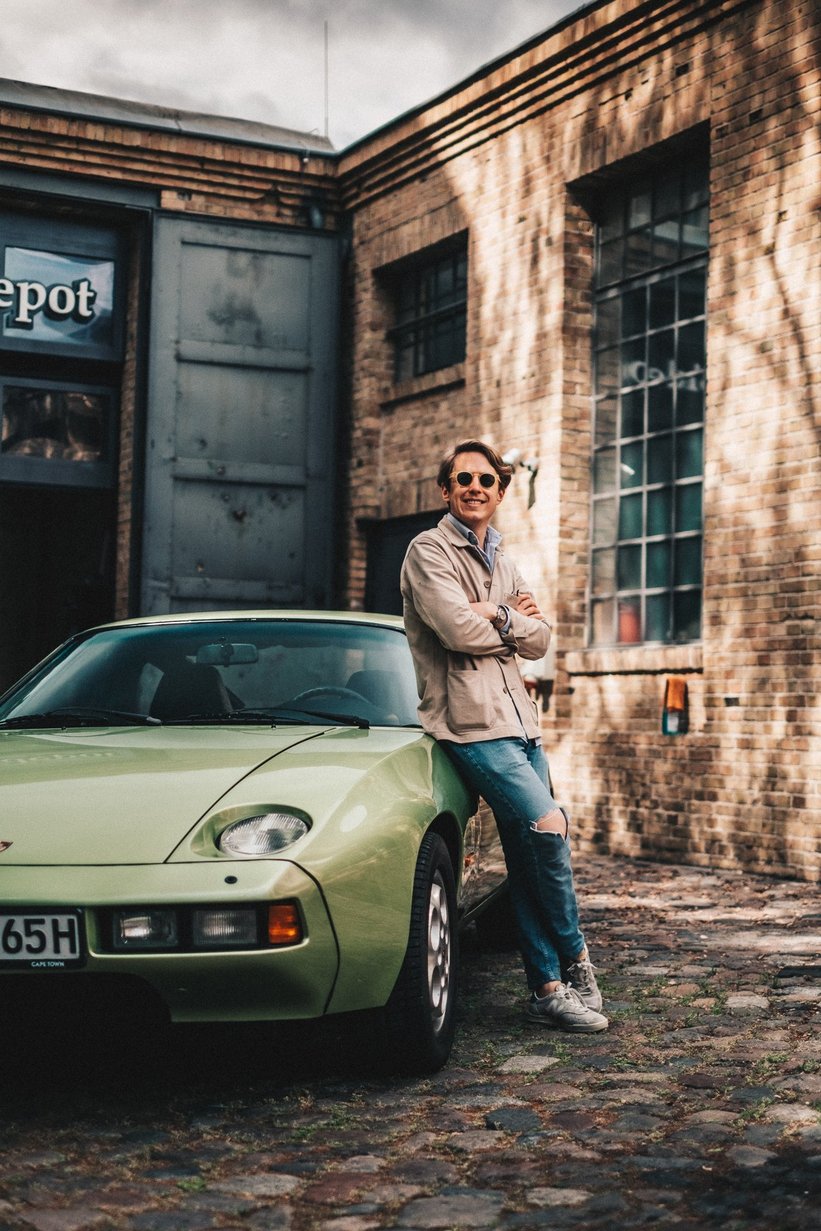
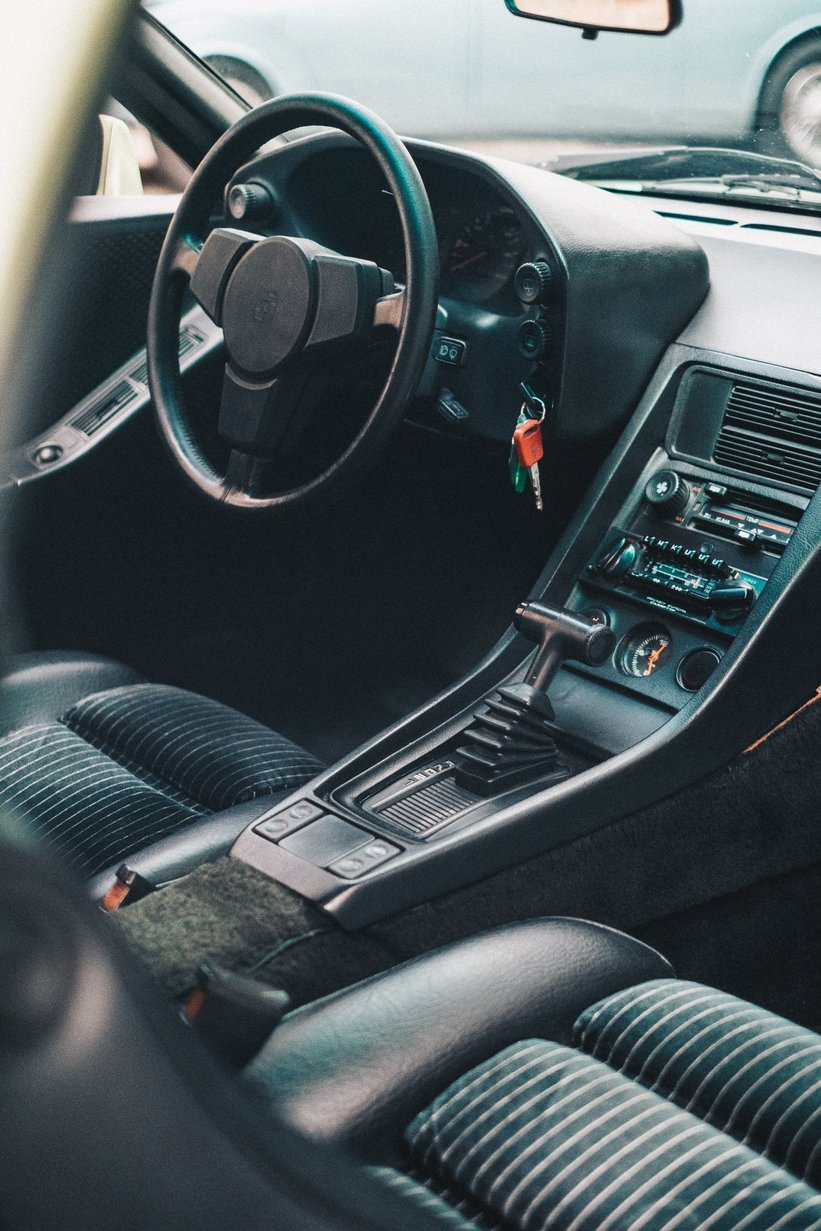
The early bird supposedly catches the worm, but I’ve never been one to find out. For me, sleep is sacred… that is unless there’s something exciting involving old cars happening. Last weekend was a case of the latter. At seven o’clock on Saturday morning, I found myself behind the wheel of a 1978 Porsche 928, finished in the interesting shade of Olive Green, driving towards the rendezvous point for the first post-lockdown classic car event of the season: Berlin’s Flitzer Club tour.
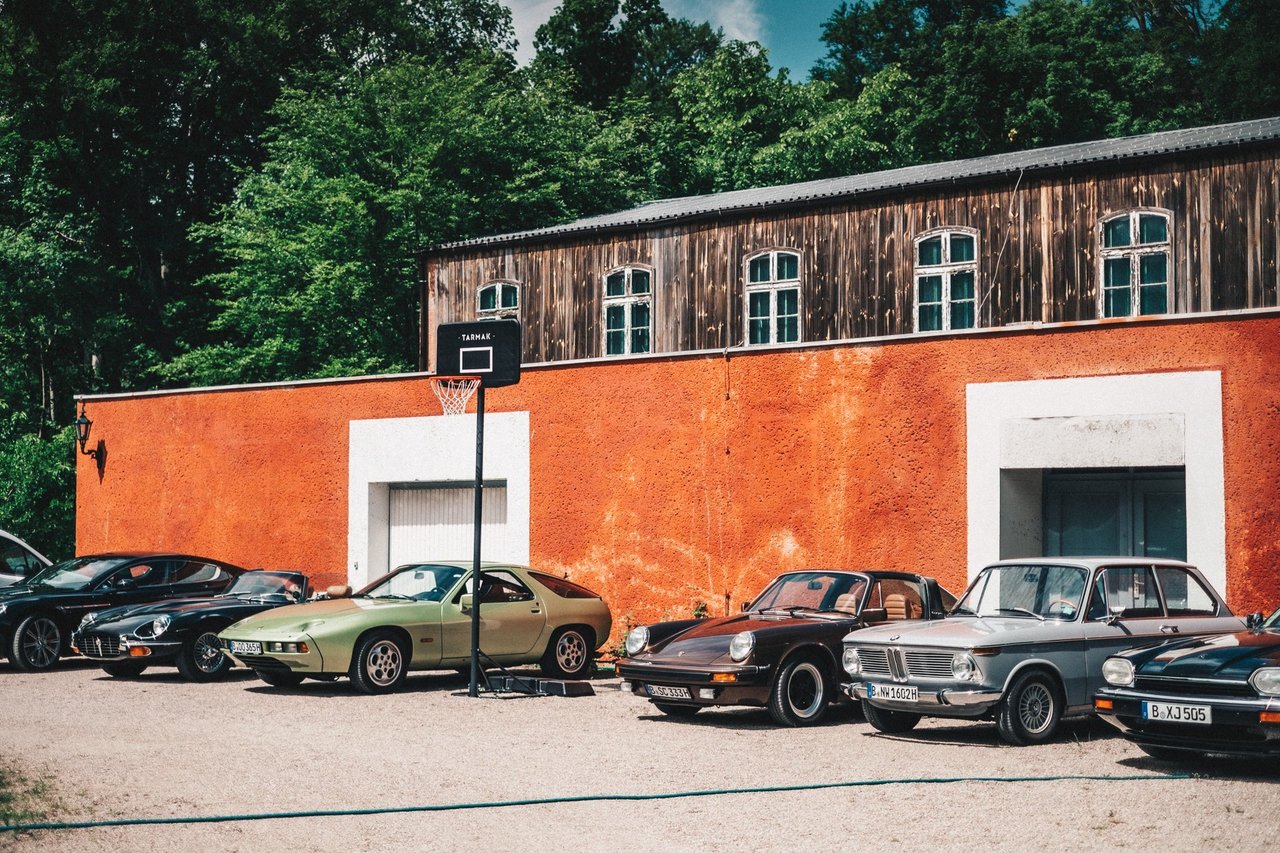
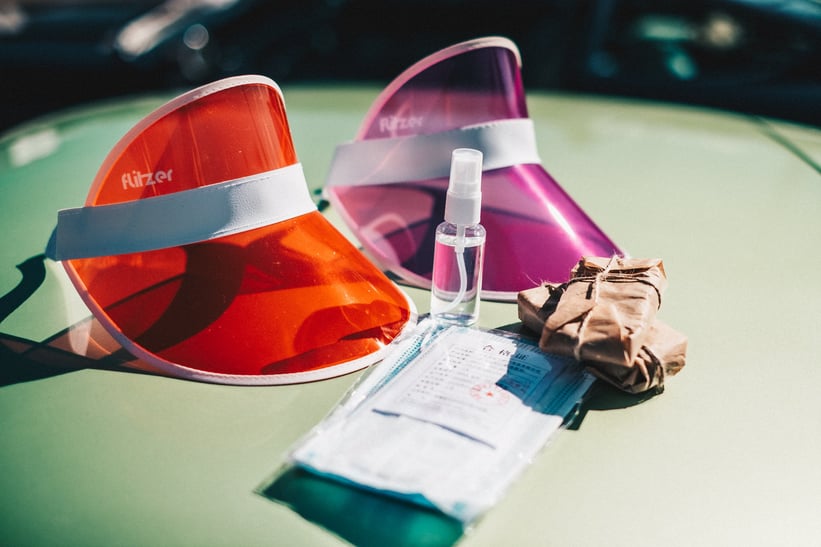
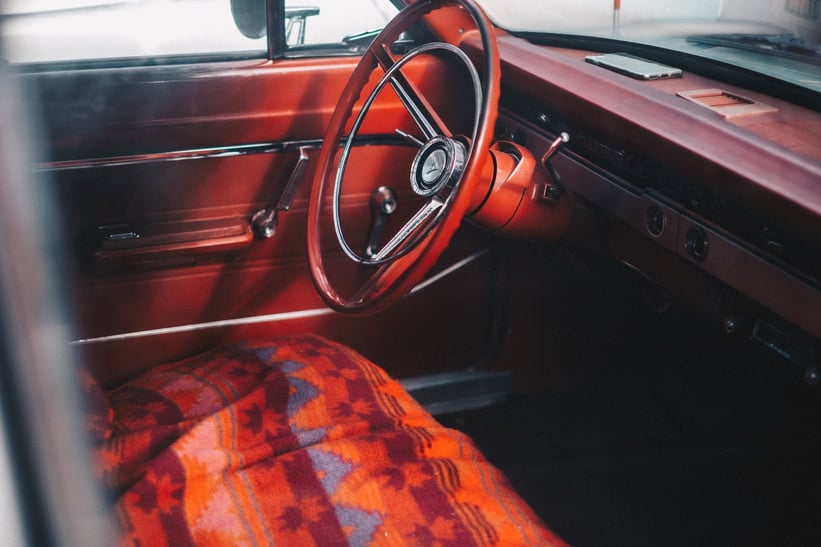
I attended the first Flitzer event last year and loved how organisers Dr Dirk Rumpff and Co managed to combine the passion for classic cars with an appreciation for architecture, art and the discovery of unusual, out-of-the-way places. It is car culture taking its rightful place as a part of broader culture and not just something about which boys can talk for hours while boring everyone else to death.
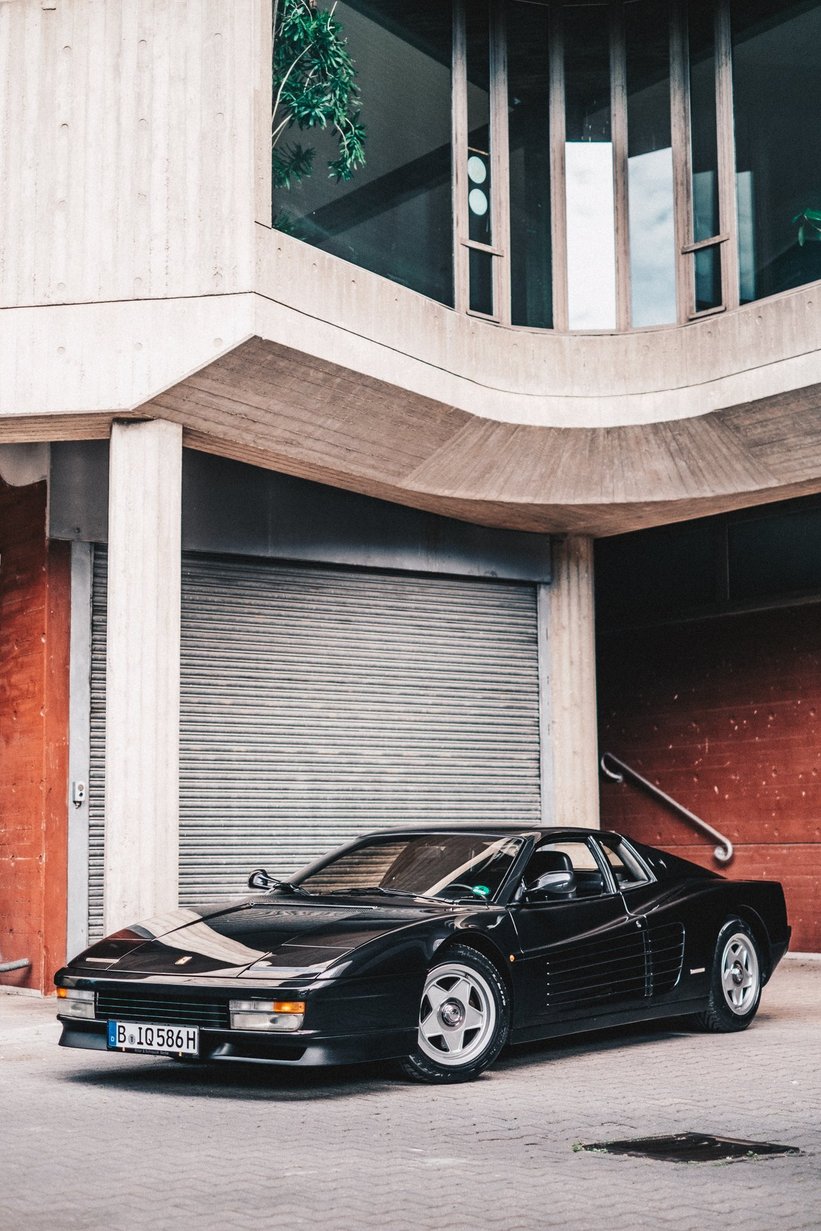
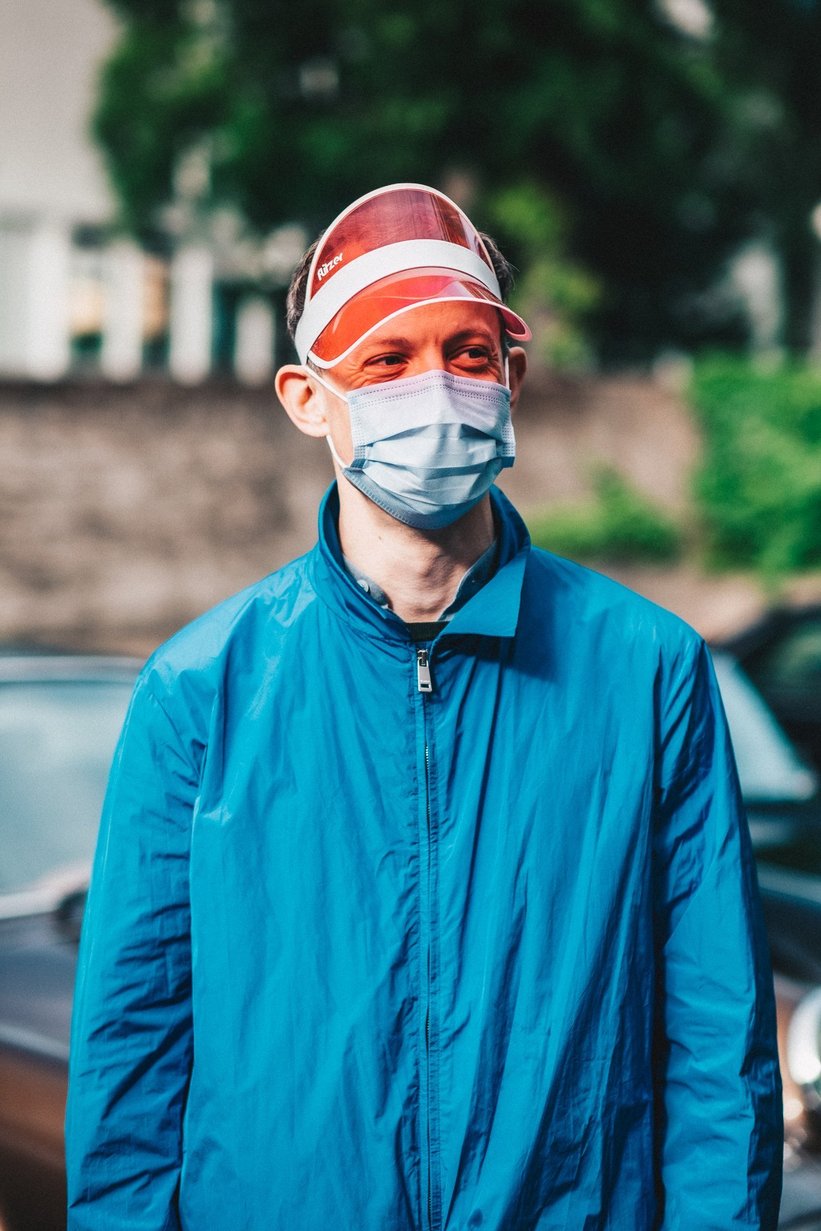
After two months of isolation, I was ecstatic at the prospect of driving with a group of like-minded enthusiasts. I remembered the crazy ride in the black Ferrari Testarossa belonging to Ulf Poschardt, the Editor-in-Chief of Die Welt & Welt am Sontag, last September. That time, when you could share a car with a stranger and shake hands while greeting people instead of bumping elbows or waving awkwardly, seems so long ago.
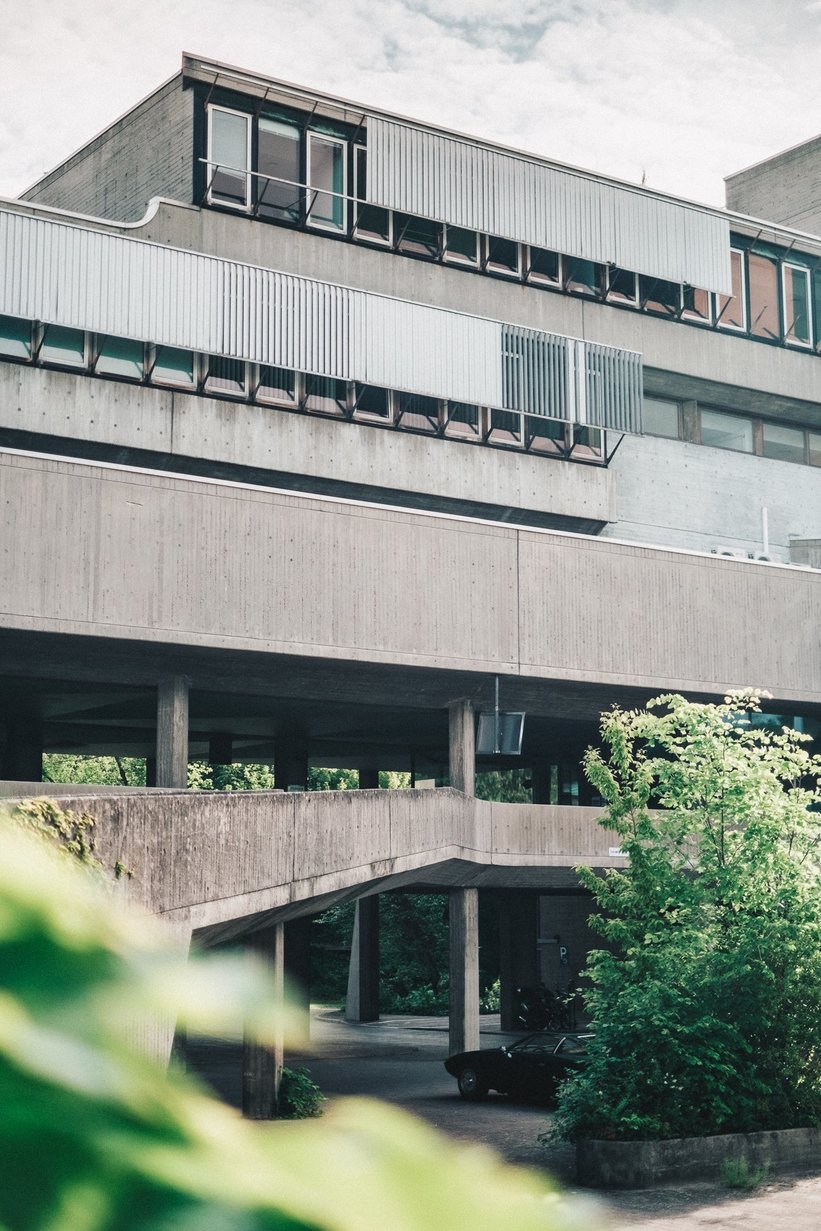
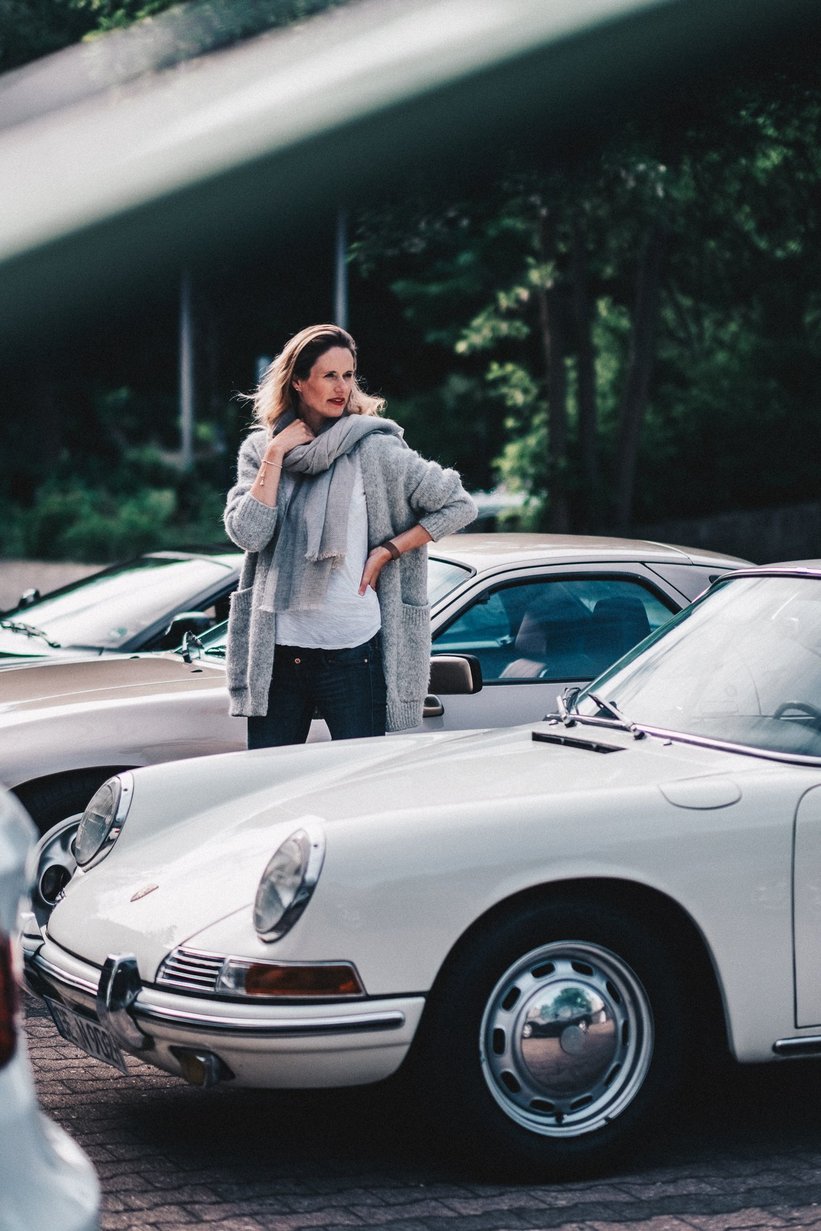
But the moment I pulled into the car park of the Institute of Hygeine and Environmental Medicine, my Porsche’s 4.5-litre V8 burbling along reassuringly, it briefly felt like everything was back to normal. You forget about a pandemic when you’re presented a backdrop as stunning as the eccentric brutalist shape of the Fehling and Gogel-designed Institute, a symphony of raw concrete and steel. The location and its primary function seemed especially appropriate I thought as I donned my face mask and disinfected my hands for the third time that morning.
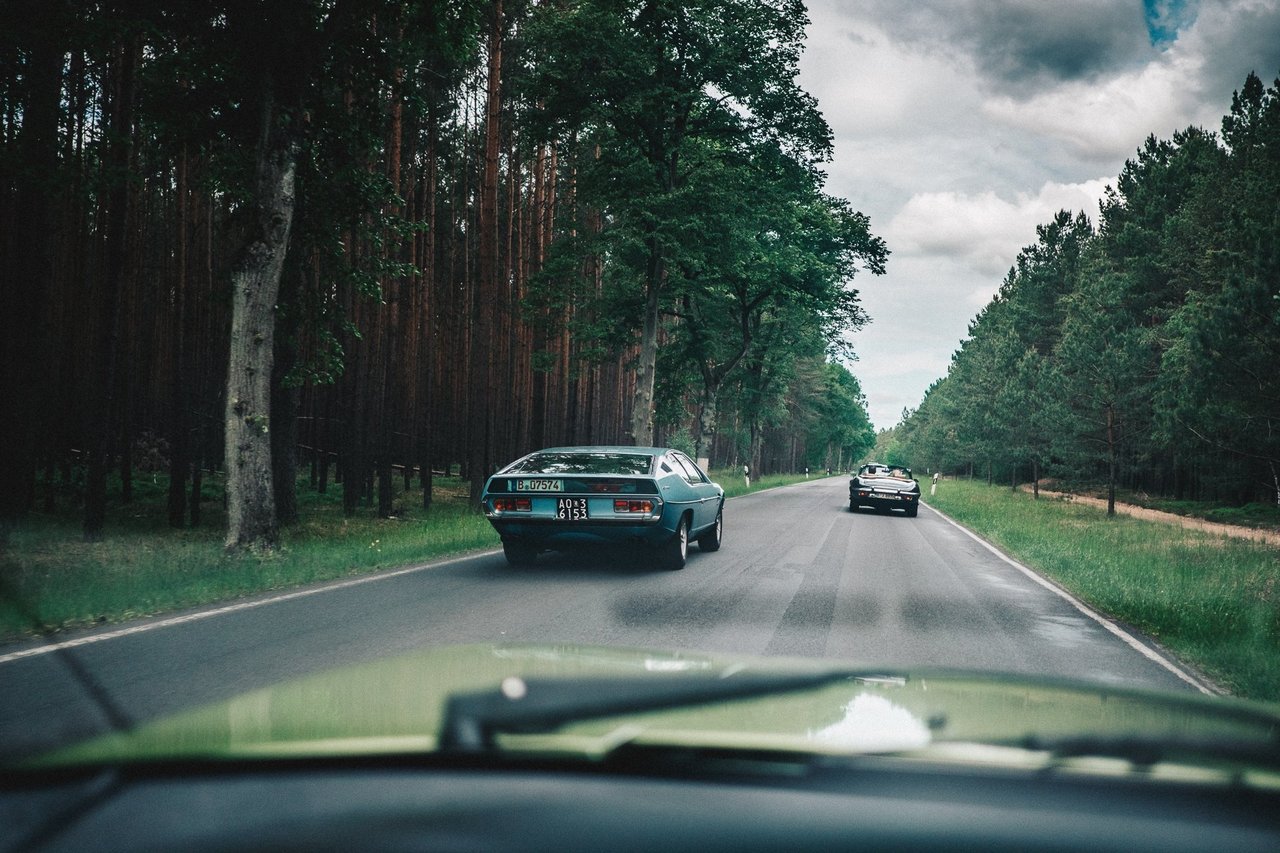
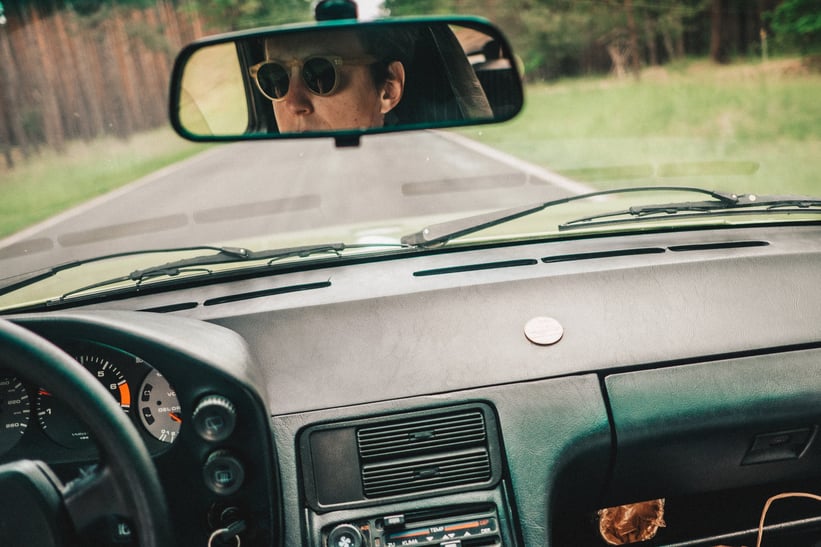
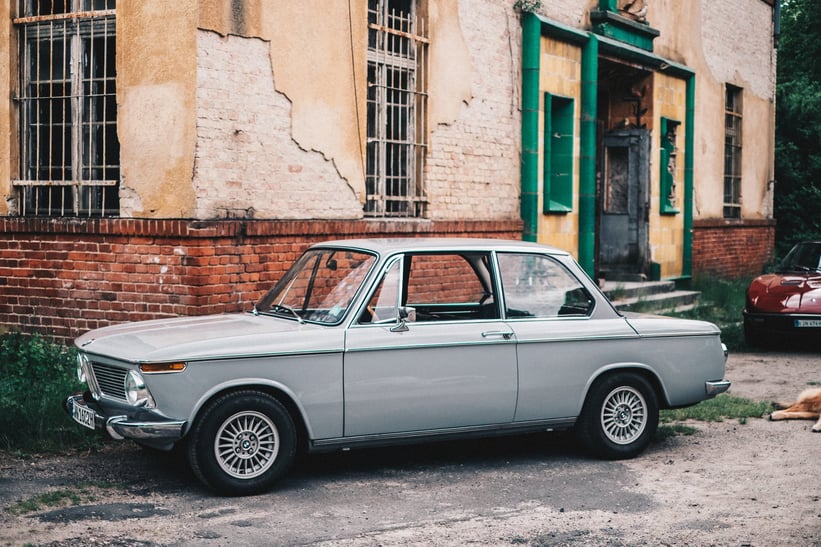
In a demonstration of German punctuality, more cars promptly arrived and familiar faces began to emerge. Lodown magazine founder Thomas Marecki in an Azzuro California Ferrari 308 GT4. Daniel Hoffmann in another classic Italian stunner, a mint Lancia Flaminia (Touring-built bodies and grey paint seem to be a recurring theme in his collection – who remembers his Maserati 3500 GT from the previous Flitzer outing?). Nico and Sara in their flat-grey BMW 1600, in which they regularly road trip across Europe. The couple was supposed to be getting married in Tuscany on this particular weekend, which of course had to be cancelled.
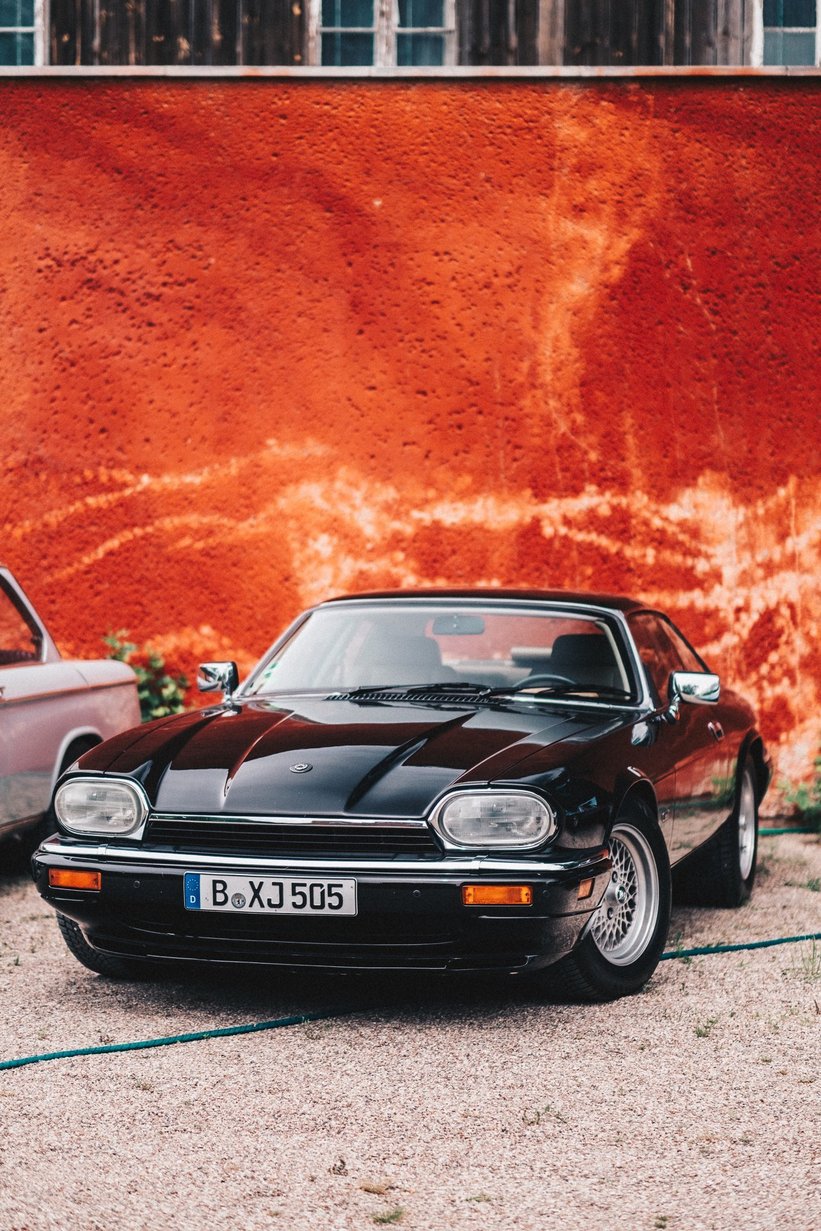
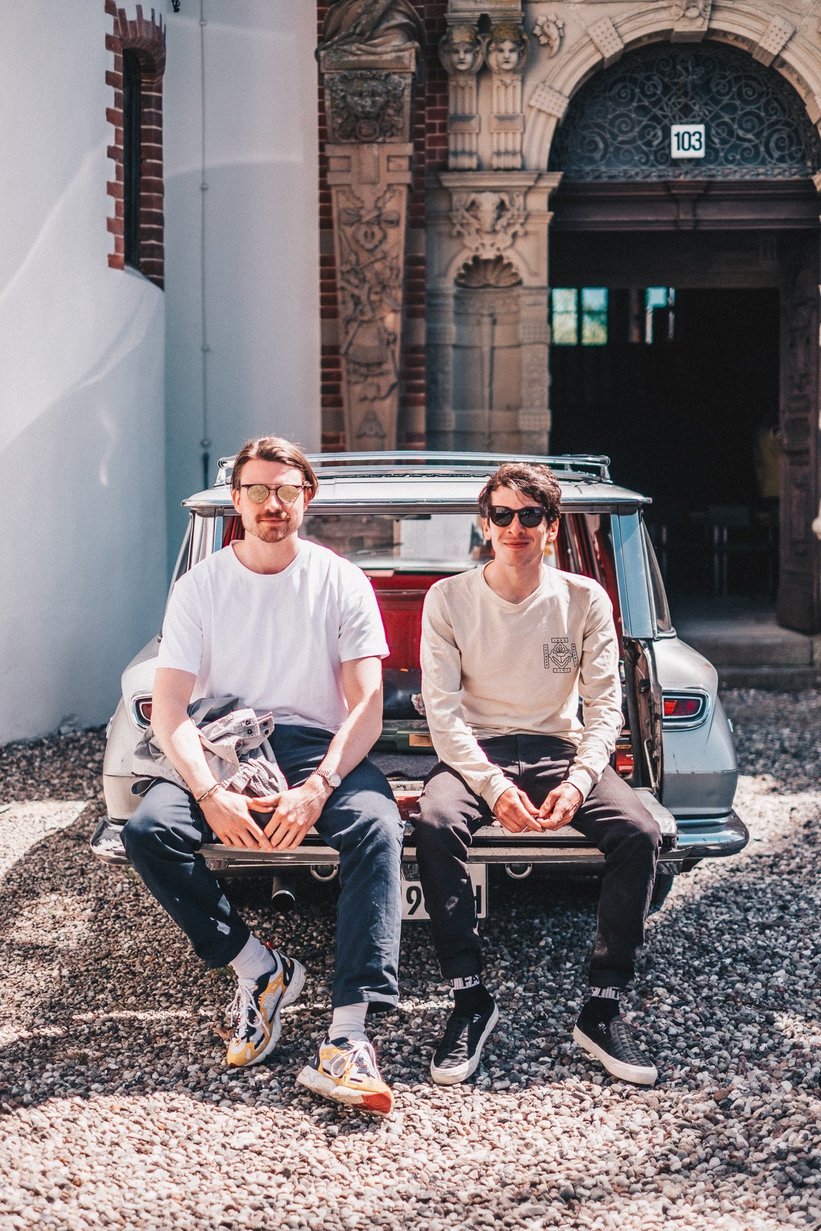
Other participants’ cars included a beautifully patinated Mercedes-Benz 190SL, which has remained in the hands of one family and been almost daily driven for more than 45 years. There was an original Jaguar E-type S1 painted white and a very early Porsche 911 in the same colour, both belonging to the architect Claus Anderhalten.
There were two Jaguar XJ-Ss – a limited-edition ‘Le Mans’ V12 and a later 4.0-litre model in jet black, which made me realise how badly I want to buy one again. Oh, and an E-type SIII V12, whose owner had removed part of the chrome around the grille, improving the design significantly as a result.
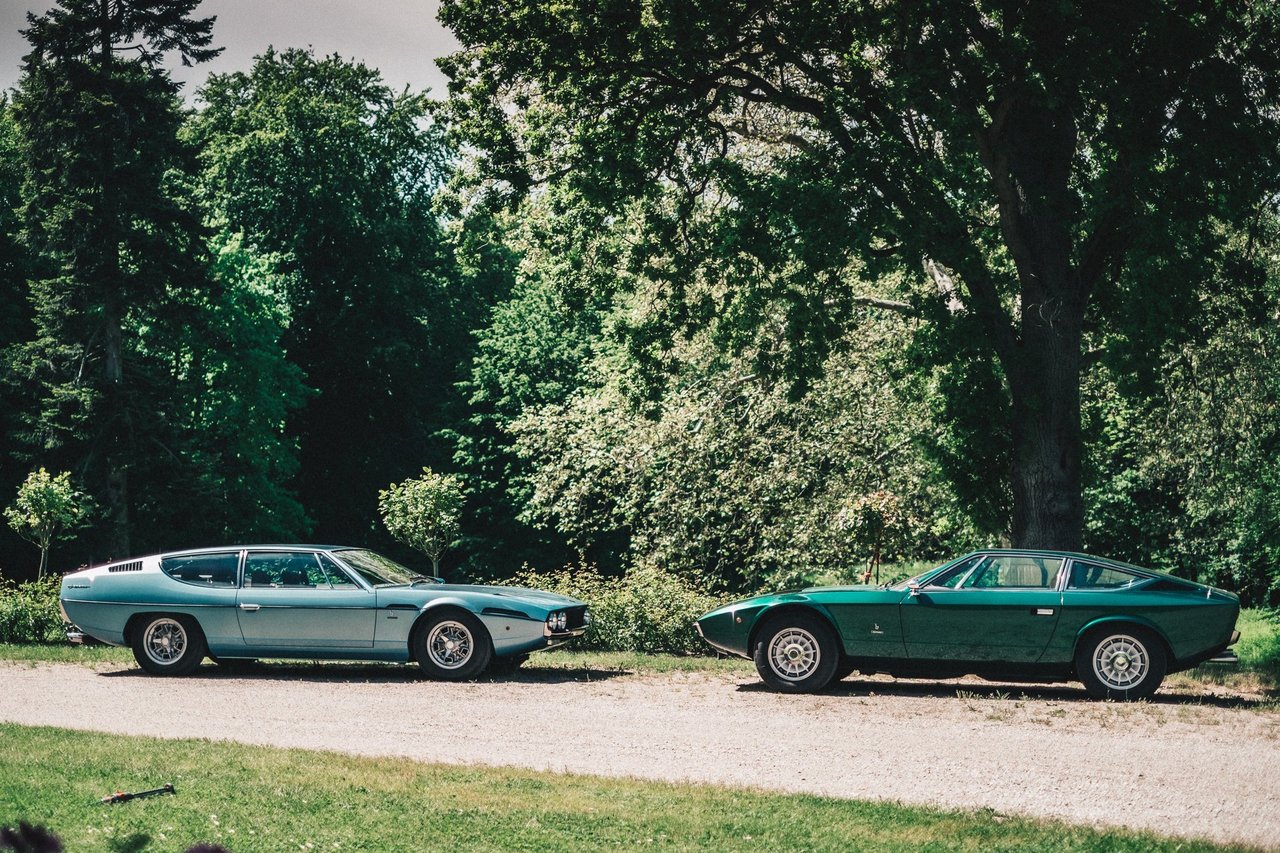
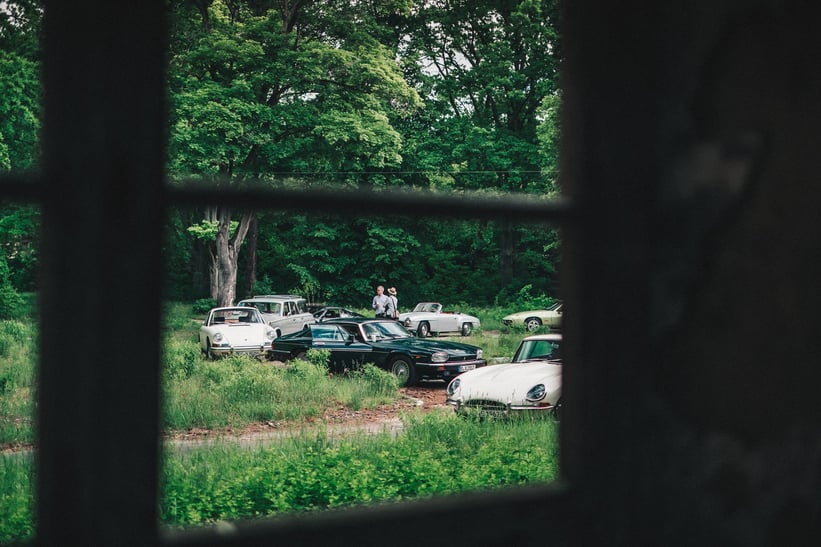
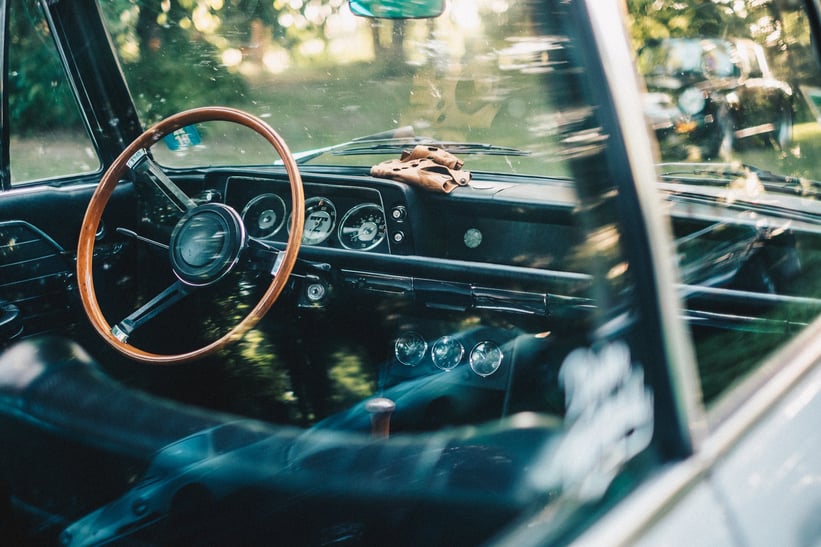
Throw in a selection of Porsche 911s, the legendary black Ferrari Testarossa, two Maserati Khamsins (one of Gandini’s finest designs in my opinion), a particularly cherished Maserati Indy (check out @fantomas_ds on Instagram) and another Porsche 928 in better condition than my tired rental, and the entire Flitzer team was ready to embark on two days of spirited driving through the vast and largely empty East German countryside.
There would be noise, the heady smell of hydrocarbons from engines revved out to their redlines, the odd Mille Miglia-style carefree overtake, fantastic rolling scenery. “We didn’t want to do just classic cars and castles as it felt like too much of a cliché,” Dirk Rumpf told me, “but then again, there isn’t anything else quite as interesting out there.”
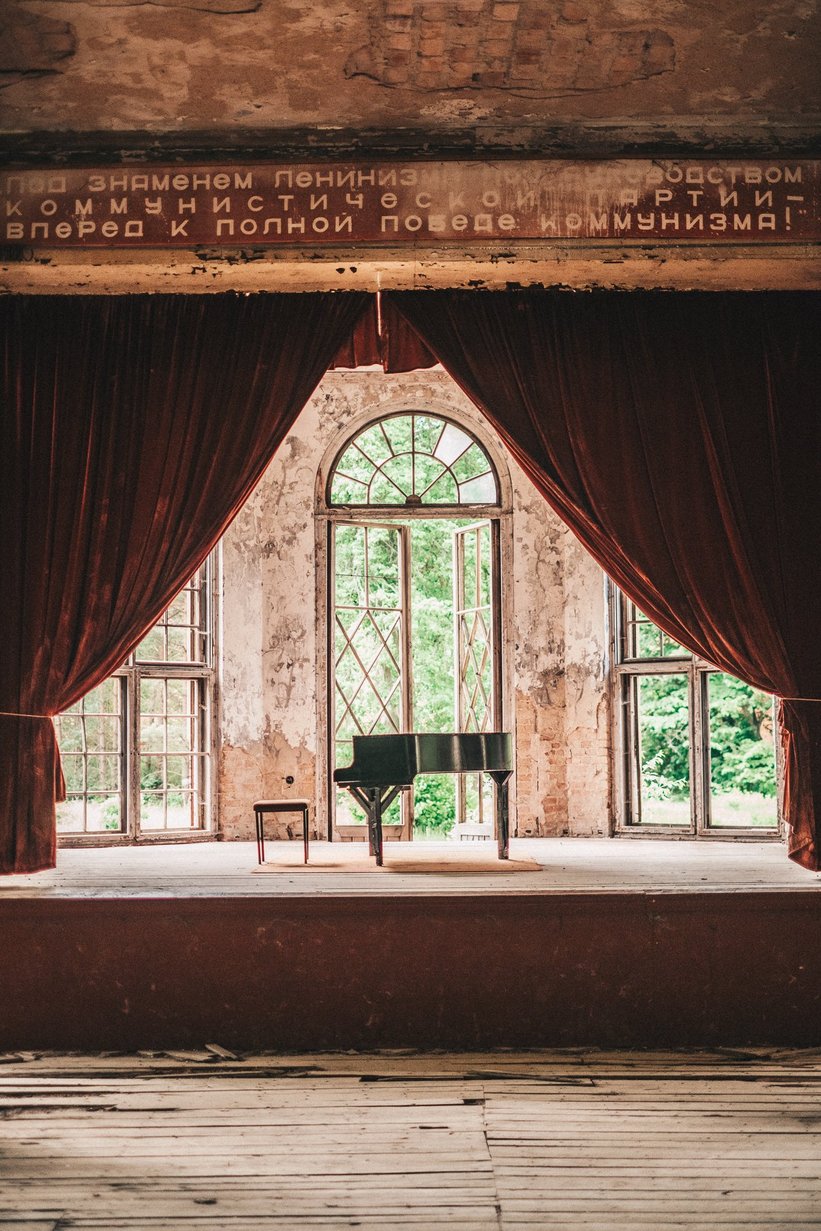
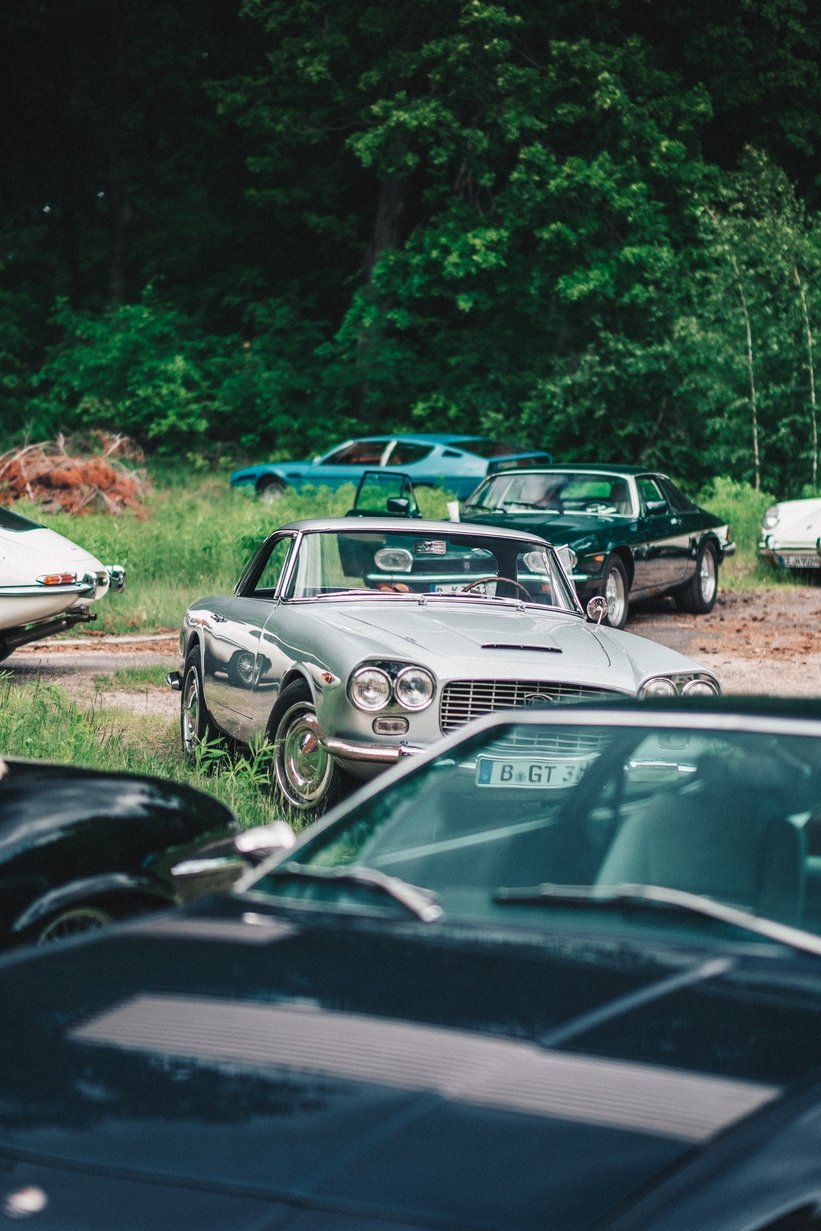
I decided that he needn’t have worried by the time we got to our first stop: an abandoned pulmonary hospital in Heilstätte Grabowsee that served not only as a perfect fit for the pandemic theme but also an opportunity to have a coffee and explore its once decorative but now derelict interiors. That the complex featured in the Hollywood blockbuster The Monuments Men starring George Clooney, Matt Damon and Bill Murray only added to the experience.
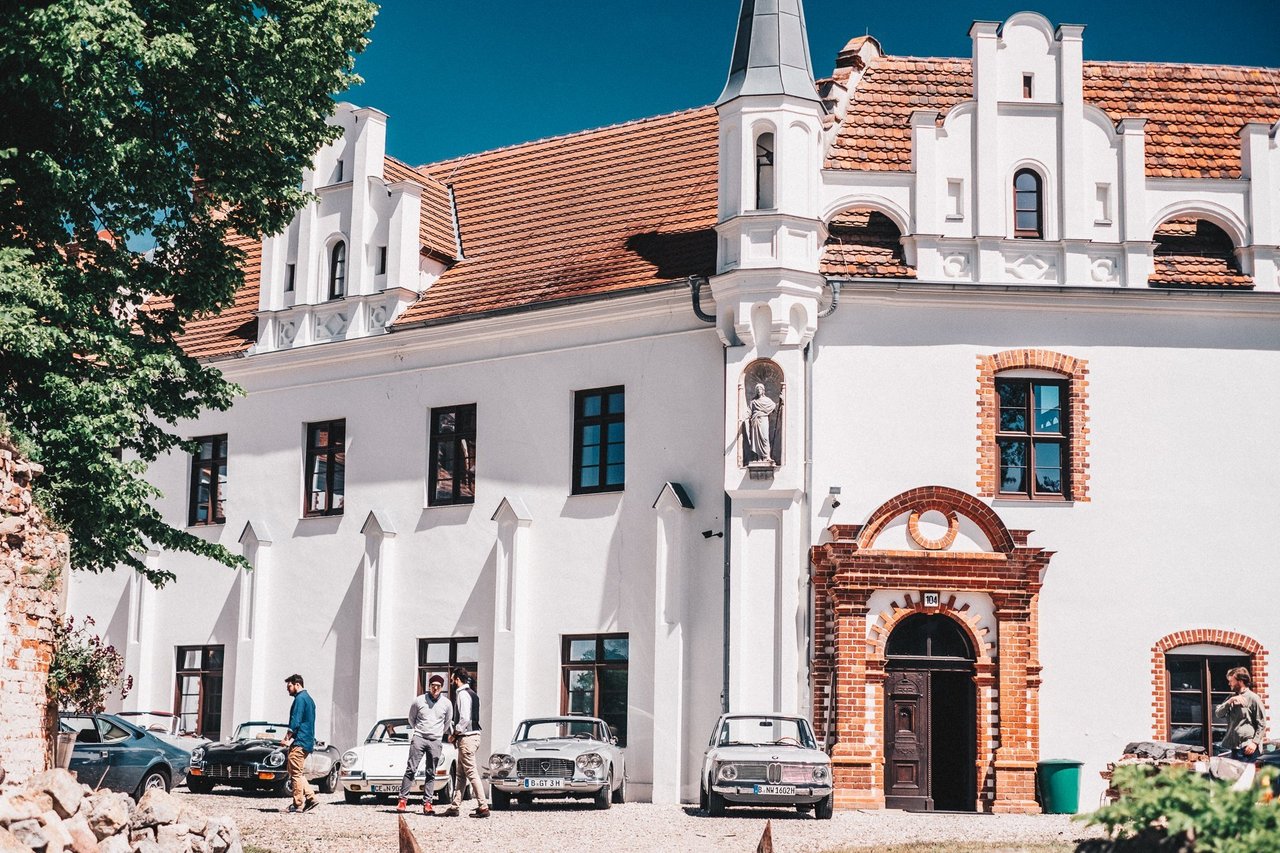
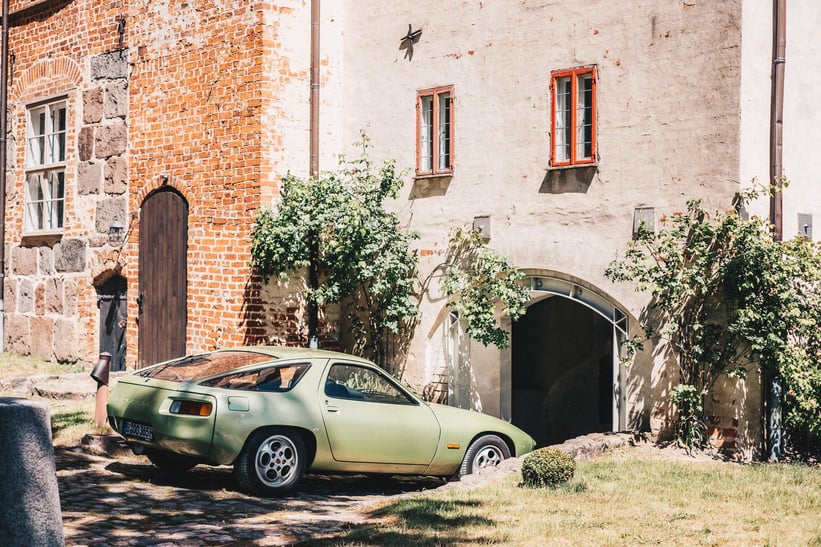
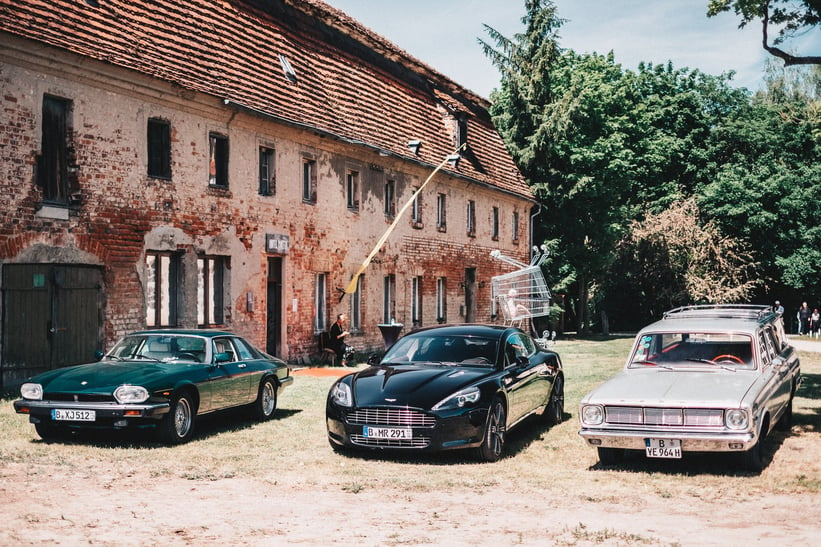
Even though participants had to maintain social distance from each other, I could immediately feel a sense of relief among them, a sense of pure happiness at being able to get out, drive like maniacs, explore various monuments such as Schloss Kummerow with its stunning collection of modern art and photography, and talk to each other not via a small screen but in person, face to face.
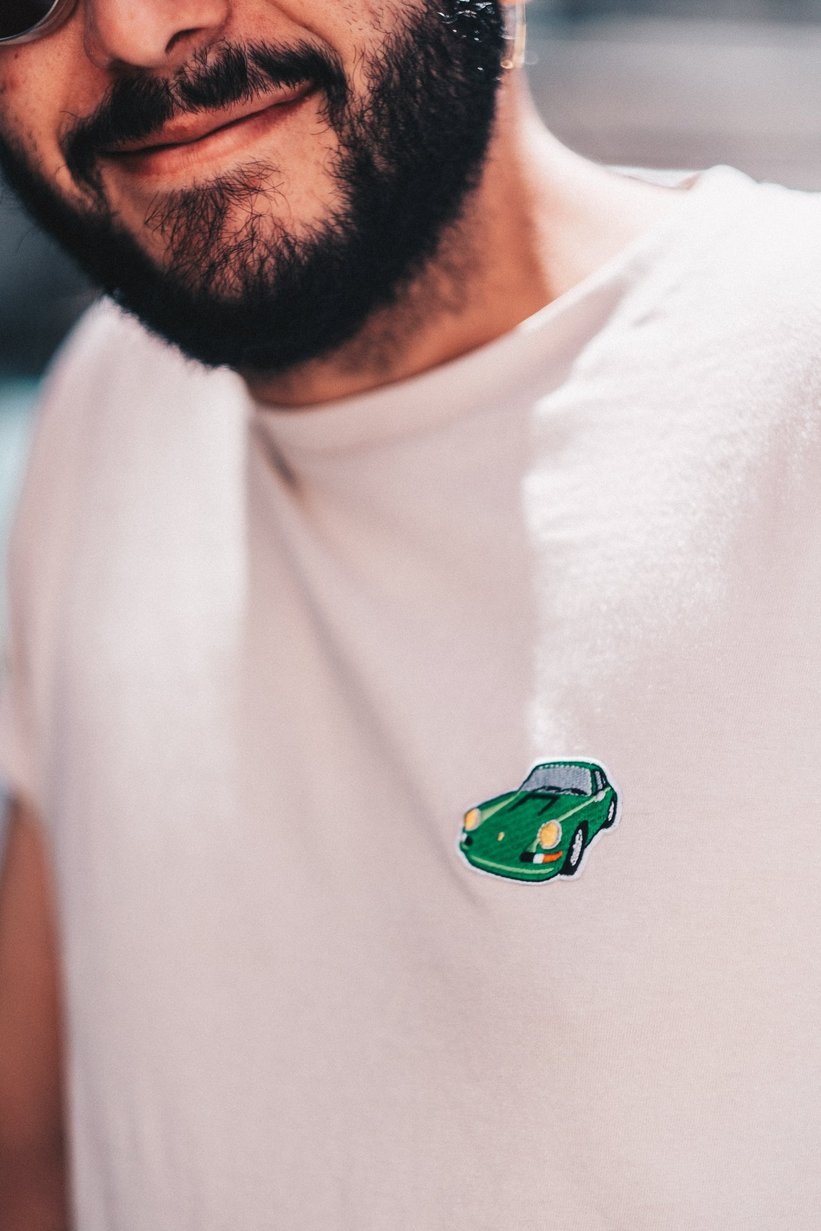
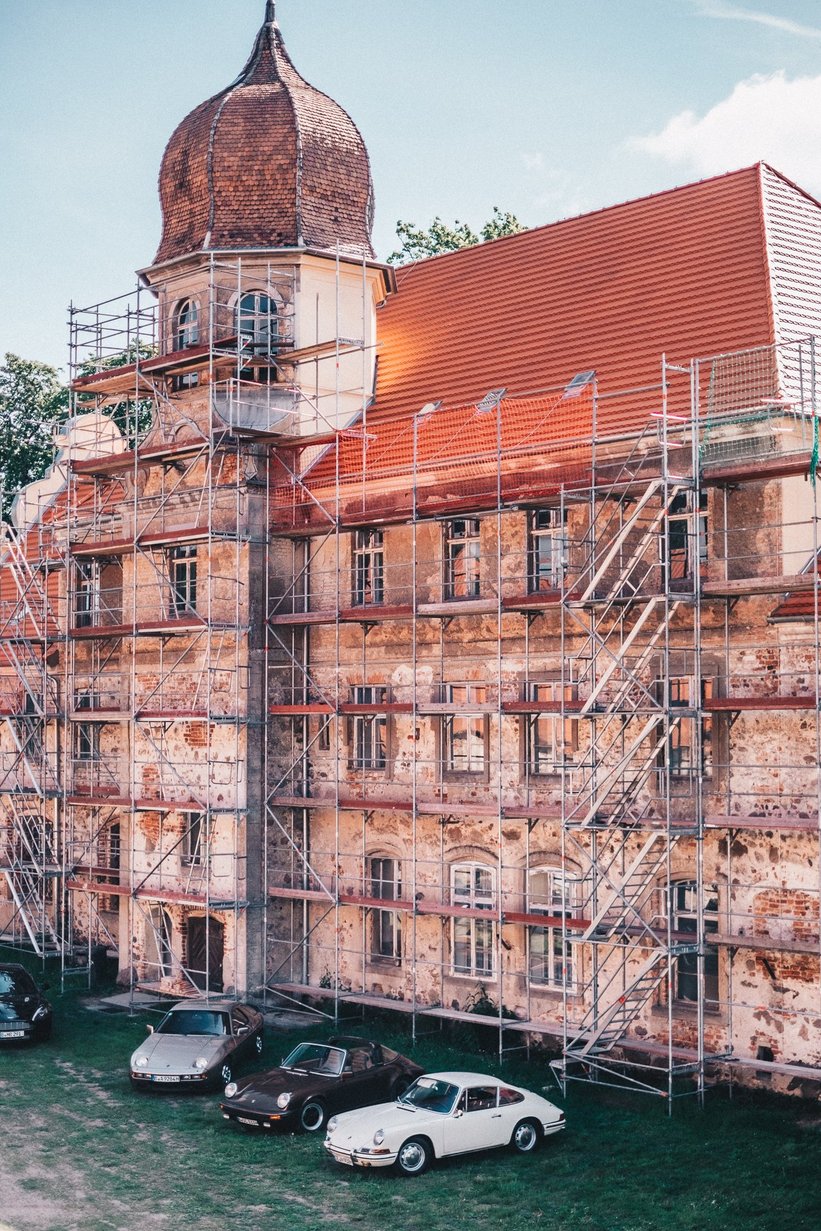
As a Polish man, I was happy to discover that the Flitzer was getting more international with the addition of a Berlin-based Dutch couple, an Italian lady named Claudia and my Venezuelan-born co-pilot Jose Alejandro Arretureta Acevedo, aka Alex Berlinetta of Carphiles. Post-pandemic geopolitics was also on the menu, but most conversations were met with light-hearted jokes, laughter as always proving the best medicine of all.
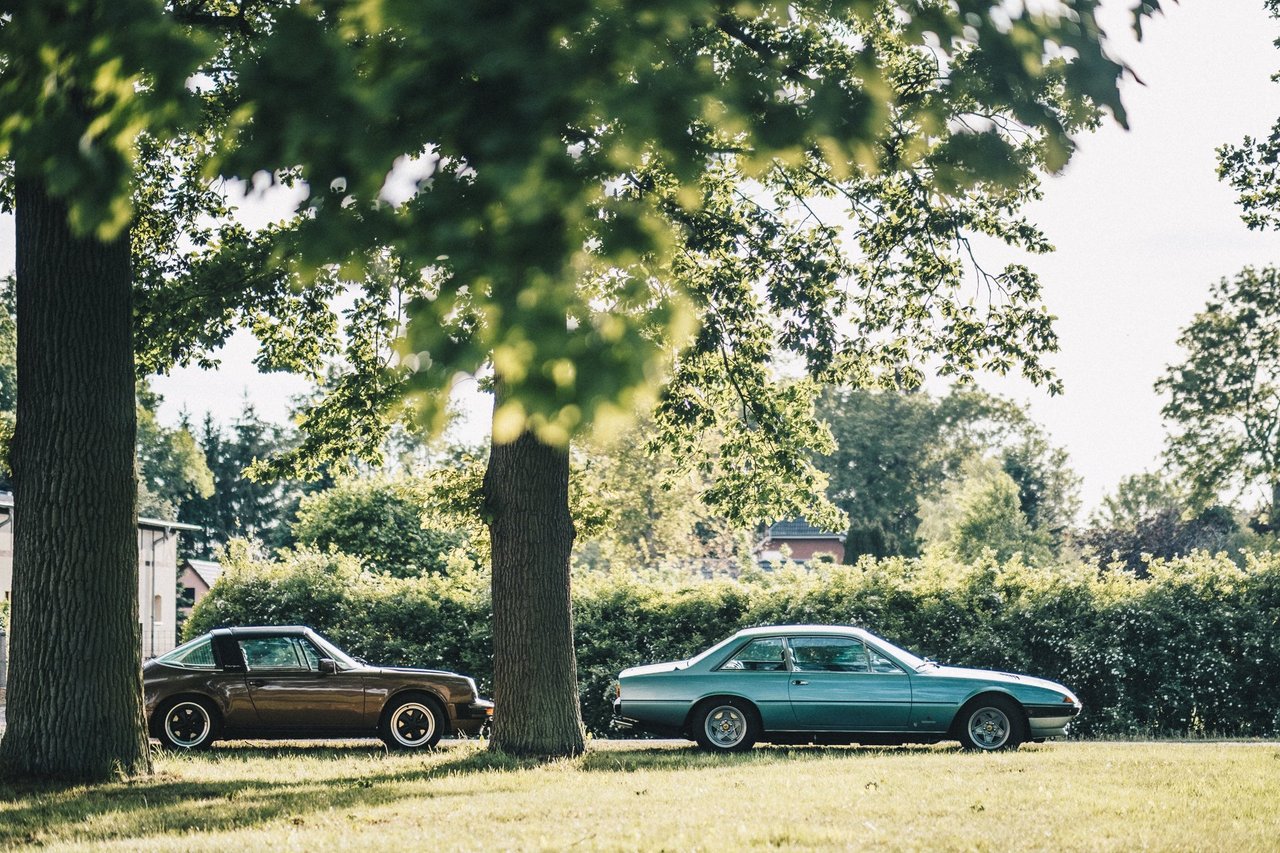
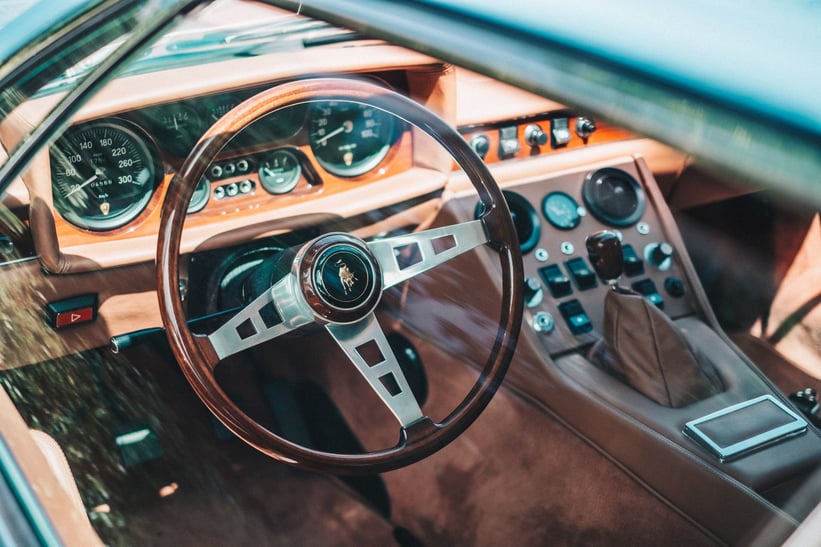
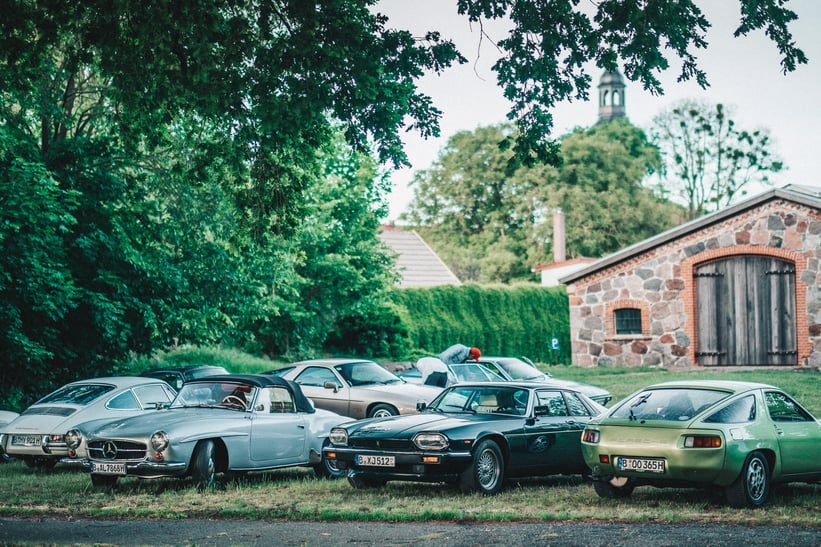
Day one came to a close with a toast of the closest thing Germany has to champagne, Kessler Sekt, which is the oldest producer of sparkling wine in the country and Flitzer’s sole sponsor. The winemaker kindly provided an abundance of its Grand Réserve ‘Georges’ vintage from 2013, which made this particular journalist very happy indeed. The second day concluded with a gourmet dinner at Schloss Schwante, which is owned by one of the Flitzer members.
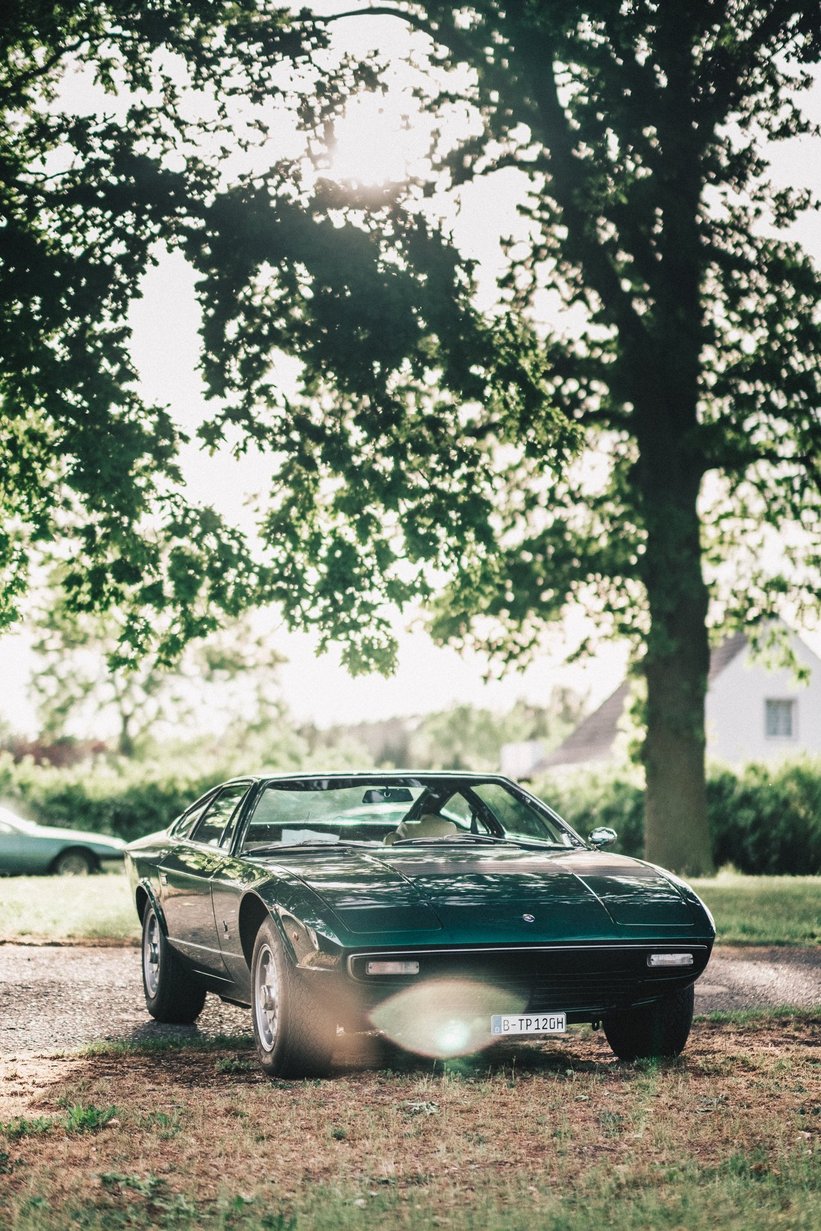
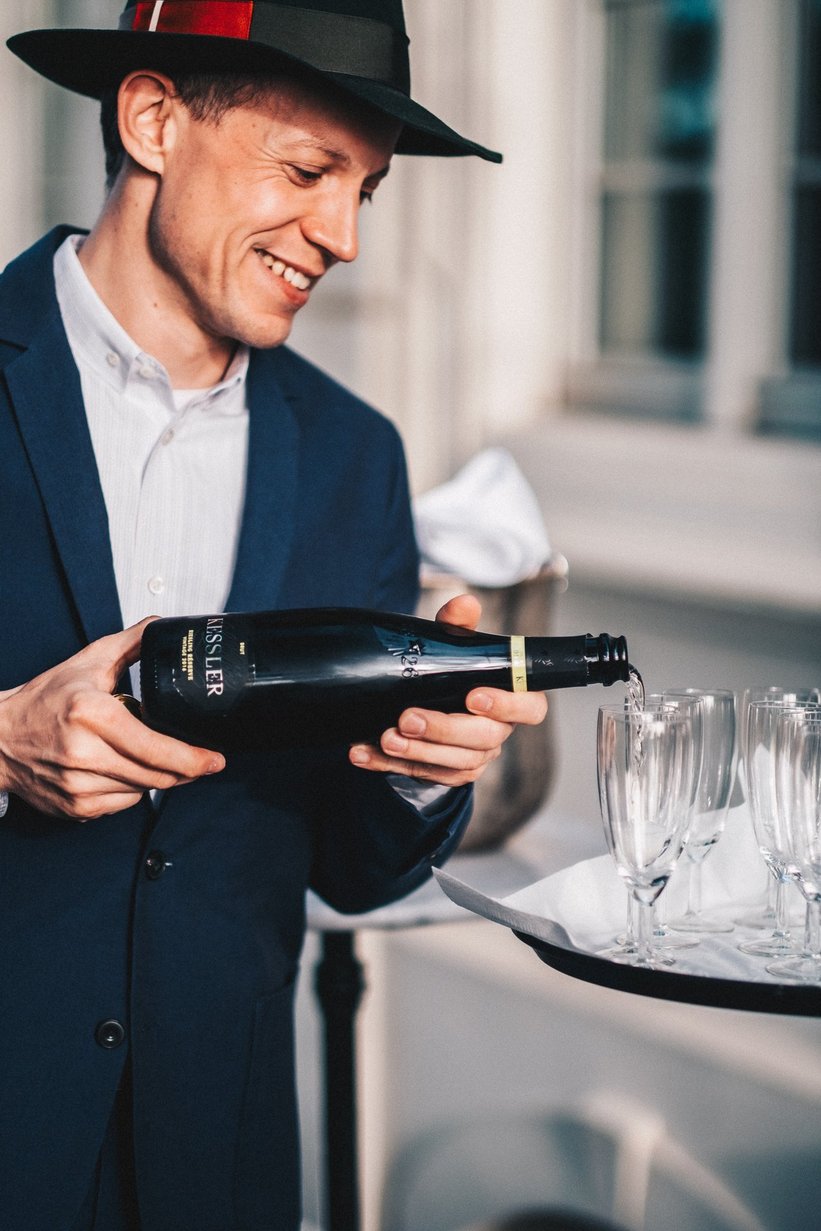
As the cars disappeared one by one from the immaculate lawn in front of this particular stately home, the only thing we collectively missed was the opportunity to hug each other goodbye, as a way of cementing our newly formed friendships. The hope is that by the next instalment of this especially enjoyable event, this will once again be possible. Onwards!
Photos: Błażej Żuławski for Classic Driver © 2020





































































